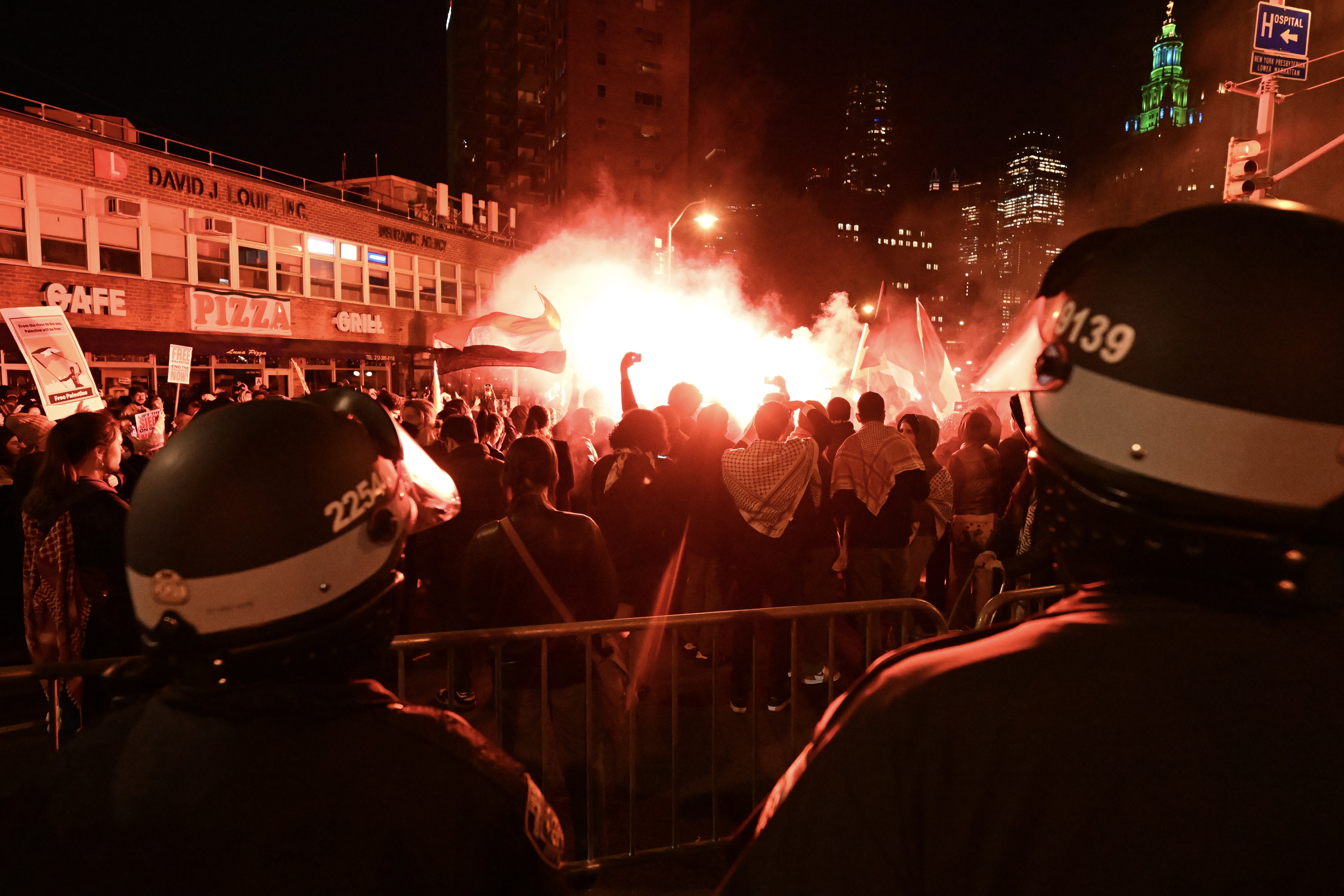What to Know
- The MTA shared new details about incidents in which doors were opening as trains were in motion, and why it was happening.
- Doors opened as much as four inches on a downtown C train near High Street in Downtown Brooklyn on Christmas Eve
- MTA President Andy Byford said a switching mechanism wasn’t calibrated properly, which is why they pulled nearly 300 cars
A day after pulling nearly 300 newly delivered subway cars out of service for safety reasons, the MTA shared new details about the incidents in which doors were opening as trains were in motion, and why it was happening.
The first incident occurred on Christmas Eve on a downtown C train near High Street in Downtown Brooklyn, with the doors opening as much as four inches apart while the train was running.
A second incident occurred on January 3, when the doors malfunctioned once again on a C train near Jay Street. No passengers were injured in either case.
MTA President Andy Byford said that a switching mechanism wasn’t calibrated properly, and he decided to pull all 298 cars on the A, C, J and Z lines out of an abundance of caution. The company that makes the cars, Bombardier, worried that it could be a system-wide pattern.
When asked if he was concerned that the gap was large enough for a child to fall through, Byford said they didn't think so, "but doors shouldn't open en route. Period."
The agency also says they will hold Bombardier "fully accountable" for the issue. Byford said they did not take the decision to remove the trains lightly, but they "saw enough to say we cannot tolerate this risk."
News
The MTA released video Thursday of the possibly defective cars being inspected — the same train cars that cost $600 million, were delivered late and had other mechanical problems when they first arrived.
Bombardier estimated it would take about six days to get the R179 subway cars back in service, but the MTA said there was no way it was going to happen that fast. A day after the trains were pulled, only 24 of the 298 cars had been inspected — meaning it could be weeks before the trains are all ready to be rolled out again.
"Once upon a time, mechanics would only need an oil can and a hammer because you either oil something or you hit it — whereas a modern train is a more complex beast," Byford said.
While there was minimal impact to service on Thursday, taking away the new cars meant some riders had to ride on trains built in the 1960s, and the MTA will continue to use the older cars until the new ones can be returned to service.
New York City Comptroller Scott Stringer blasted the MTA in a statement shortly after the news Tuesday, saying his office released an audit last month that showed how its contract with Bombardier was late -- three years behind schedule -- and cost taxpayers "millions" of additional dollars.
Stringer said that audit showed layers of mismanagement in the MTA's oversight of the contract, repeat failures to meet contact deadlines, poor project management, technical breakdowns and structural defects that delayed cars being put into service. Other defects had cars yanked.
"The New York City subway riders who foot the bill for the MTA’s $600 million contract with Bombardier were promised new, state-of-the-art train cars to help modernize our ailing transit system," Stringer said Wednesday. "Now, all the cars that were delivered so far have been pulled from service due to critical defects. It is completely unacceptable."
Bombardier sold us lemons. Straphangers need the MTA to manage these contracts from the beginning -- before the trains go off the rails.
SCOTT STRINGER, NEW YORK CITY COMPTROLLER
When reached for comment, Bombardier pointed fingers at its subcontractor who manufactures the doors.
“Our investigation shows that the doors were not properly calibrated by Kangni, the door operator supplier," state statement from Bombardier read.
To make that clear, the chain of blame in the incident went: Stringer blamed the MTA for failing to purchase quality products; the MTA blamed Bombardier for faulty equipment; and Bombardier blamed their subcontractor Kangni for the door malfunctions.



